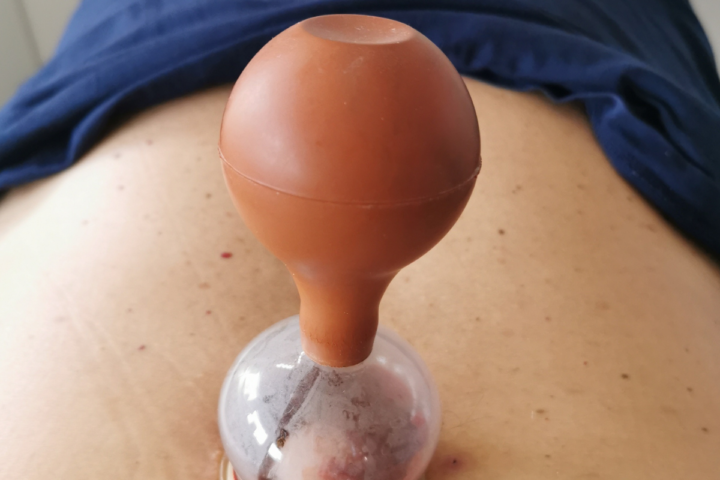Pregnancy causes intense physical and hormonal changes in a woman's body, which can cause pain of varying severity and location. Physiotherapy treatments can contribute to their alleviation. However, not all physiotherapy methods are suitable for mothers-to-be. Which treatments are therefore advisable and which should be avoided?
Pain during pregnancy
During pregnancy, the centre of gravity and posture change with the enlarging uterus. Women can then be observed:
- anterior tilt of the pelvis,
- deepening of the lumbar lordosis,
- weakening of the sacrotuberous ligaments,
- reduction in pelvic floor muscle tone.
In addition, the loss of stability in the muscles and ligaments affects reduced mobility in the hip joints and causes various back, lumbar, cervical and also thoracic pains. During pregnancy, a deepening of the thoracic kyphosis may also occur, caused by contracture of the lower back extensor muscle. This can be accompanied by swelling of the limbs and sciatica/foot pain.
How can physiotherapy in pregnancy help?
A good solution to the changes that take place in a woman's body during the nine months is physiotherapy. It helps to alleviate conditions such as hip pain, back pain and abdominal rectus abdominis, as well as to prevent incontinence and painful sexual intercourse. The onset of such ailments not only causes problems affecting physical performance, but also affects women's psyches. Physiotherapy then plays a huge role in the prevention and treatment of such problems.
Physiotherapy in pregnancy - types of treatment allowed
As a woman's posture and the way she moves changes during pregnancy, the strain on her joints, muscles and ligaments increases. In order to prevent this, the physiotherapist uses the many possibilities offered by modern methods. Based on knowledge and experience, he/she selects safe pelvic floor muscle exercises during pregnancy and other types of therapy.
Safe treatments that can be used during pregnancy include.
- massage,
- breathing exercises,
- water exercises,
- stretching exercises,
- kinesiotaping,
- strengthening exercises,
- anticoagulation exercises.

Physiotherapy in pregnancy - contraindications to treatments
There is also a certain group of physiotherapy treatments that must not be performed during pregnancy.
The use of certain physical treatments is considered on a case-by-case basis, although it tends to try to avoid them. Because of possible adverse effects on the developing foetus. For pregnant women, treatments such as:
- magnetotherapy,
- laser therapy,
- electrotherapy,
- ultrasound,
- any warming treatments,
- cryotherapy.
Physiotherapy during pregnancy should be tailored to each woman's individual needs. It should improve function as well as relaxing and eliminating pain. An excellent method for combating back pain is massage, which has a relaxing and relaxing effect, as well as reducing pain and making the skin more elastic. For pregnant women, they should be used very cautiously and only from the third month of pregnancy onwards. Pregnant women should be massaged sitting or in a position on their left side so that there is no pressure on the inferior vena cava. Massages absolutely must not be carried out if there are any pregnancy pathologies or if the pregnancy is multiple and at risk of miscarriage.
Is pregnancy a contraindication to physiotherapy?
Therapists have different beliefs regarding the rehabilitation therapy of pregnant women. For some - pregnancy is an absolute contraindication to any rehabilitation procedure. However, given the current state of scientific knowledge, this approach is incorrect.
In fact, many rehabilitation methods are safe during pregnancy and are able to effectively combat many pregnancy ailments - making it possible to dispense with the use of medication, which is often unhelpful during pregnancy.




